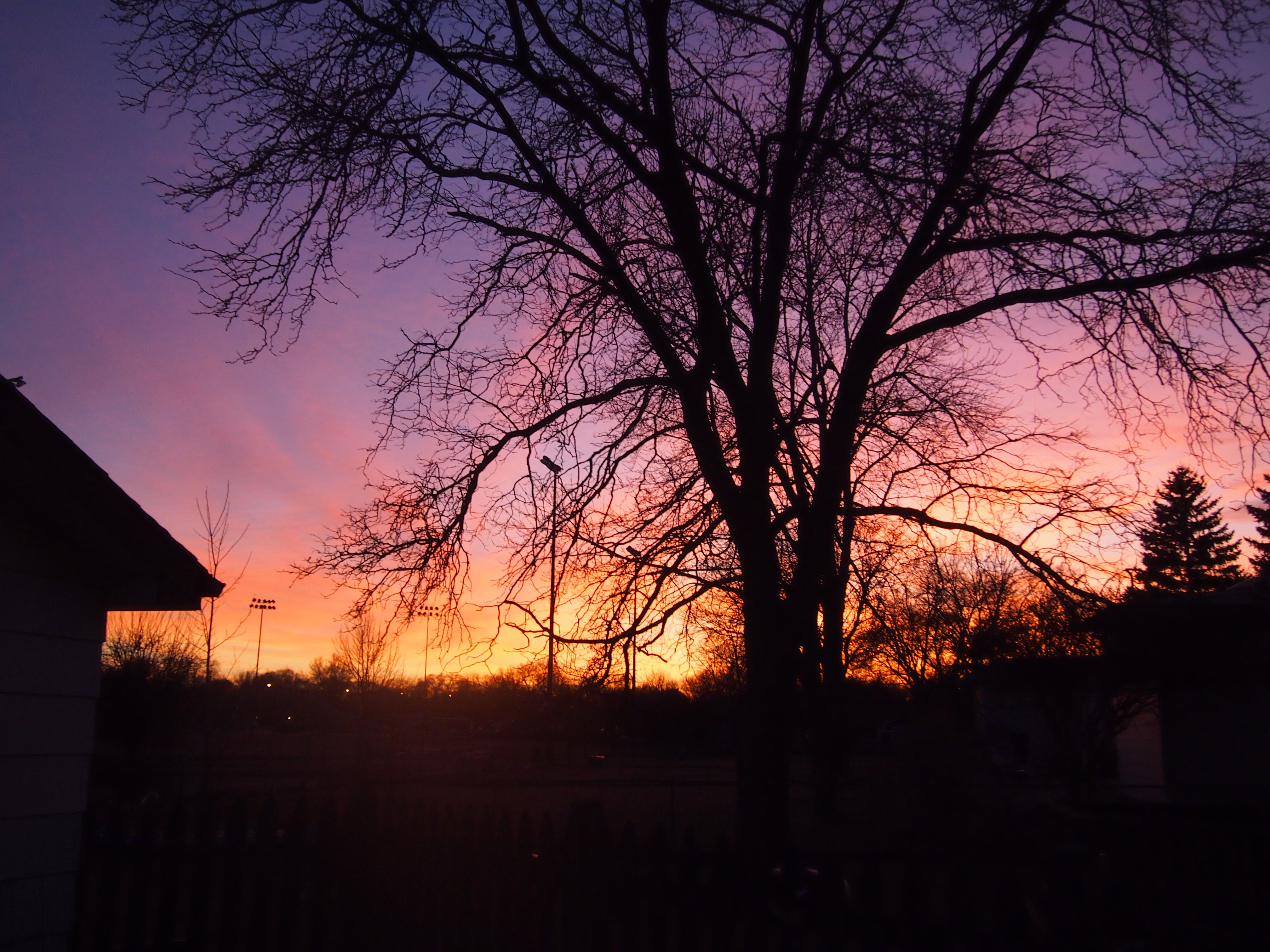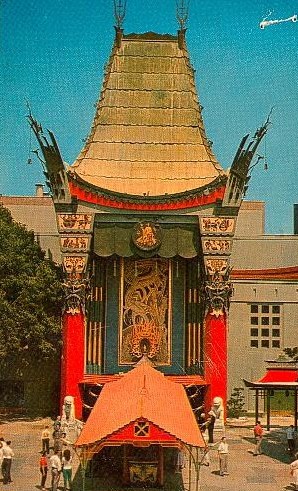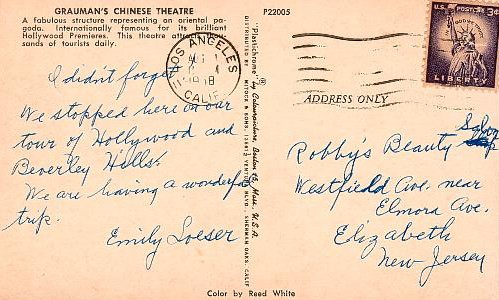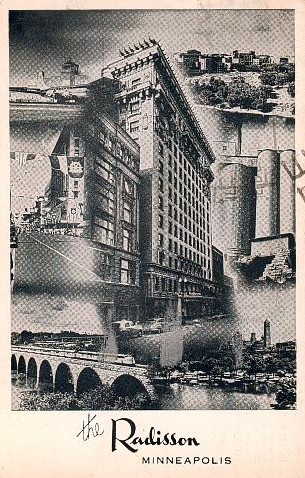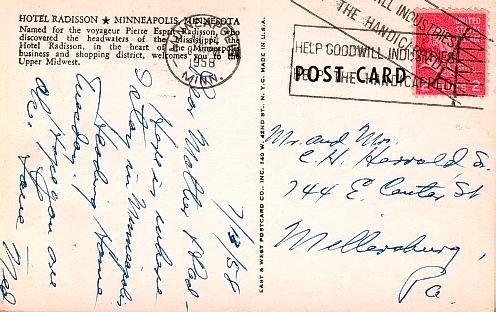Ah, spring. When ants scurry through vast cities and elk eat weeds. We took a walk in the Ned Brown Forest Preserve (Busse Woods) on Saturday, among the flush of new green trees and carpets of light purple flowers in the undergrowth (phlox? They have five petals). Just next to the paved path I noticed the largest ant hill I’ve ever seen, distinguished by dark earth a bit darker even than the surrounding rich Illinois soil.
It had a rectangular shape, about 10 feet by four: 40 square feet of ant hill surface. Puny by world standards, but still big. A close look revealed a multitude of active mid-sized black ants. I don’t know exactly what kind, but does that matter? (They’re all bent on world domination.) Someone had put three footprints in the ant hill, probably just to stir up the ants. The ants marched through the foot-sized depressions without any trouble.
Wonder how deep it went. If a cursory investigation’s any indication, a fair ways down. Something I didn’t know existed: ant hill casts.
Other insects are emerging. The season’s first mosquito landed on my arm. It was sluggish, and in a moment I snuffed out whatever existence it enjoyed as a mosquito. But more of its ilk will soon be on the wing. At Busse Woods in particular, which is marshy in a lot of places, and sporting a lot of puddles, since it’s been raining nearly every other day lately.
We saw larger creatures too. Elk Grove Village maintains a small herd of elk in a large fenced enclosure near the intersection of Arlington Heights Road and Higgins Road. Usually they’re off in the distance, but on Saturday they were near the fence and easy to see: three males with short horns still, three females. Mostly going about ruminant business. They seem fond of dandelions.
